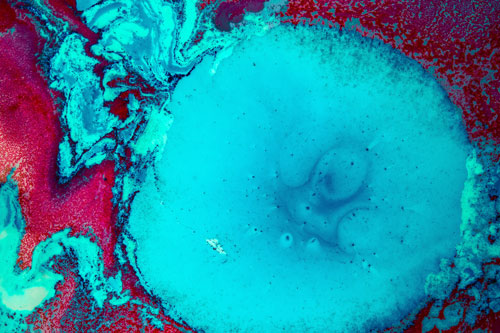
03 Feb The Science of New Year’s Resolutions and Why They Don’t Work (Usually)
Happy New Year Everybody!
I had two choices for this article: this one, or I could have written about the new tax law. As the latter is so confusing, (and we are still studying it) I opted for the former.
I did some research. What I found was interesting and even useful. Psychology can sometimes be a feeble science but not this time. Please keep reading. It won’t be boring (like the tax law would have been).
With every ringing in of the New Year and champagne cork that pops, there are just as many repentant souls promising lasting changes in their lives through the magic of New Year’s Resolutions. You won’t be surprised to know the top 4 resolutions: 1. Losing weight 2. Doing more exercise 3. Quitting smoking 4. Saving money.
Professor John Norcross, PhD, studied this issue at the University of Scranton and found that less than 10% of resolutions are actually achieved. But why? We can find some answers in the two main lines of brain and behavior science: the sciences of habits and self-stories.
Habits
Habits are automatic, conditioned responses. Here’s what you should know about the science of changing habits or adopting new ones:
- Contrary to popular opinion, it’s not hard to change habits IF you do so based on science.
- To change a new habit you essentially have to create a new one, so whether you are changing an existing habit or creating a new one, the “scientific” method for doing so is the same.
- You have already created literally HUNDREDS of habits that you have now, and you don’t even remember how they got started, so creating habits can’t be that hard or you wouldn’t have so many of them!
In The Power of Habit, by Charles Duhigg, there are only 3 steps to creating a NEW habit:
- Pick a small habit. “Get more exercise” is too big. “Walk 1 mile more per day” or “take the stairs, not elevator”, or “gym 3 times per week” are small habits.
- Attach small habit to another existing one, such as, if you already walk around the block, when you start the walk it becomes your cue to monitor and measure the extra mile.
- Make the action EASY to do for the first week. Because you are trying to establish a new conditioned response, you need to practice the new habit 3 to 7 times before it will stick. If you make it as easy as possible for yourself, you can get there.
Do these 3 steps for a week and you will have your new habit!
Self-Stories
The best way to get a long-term behavior change, is by changing your self-story.
Everyone has stories about themselves that drive their behavior. You have an idea of who you are and what’s important to you. Essentially you have a “story” operating about yourself at all times. These self-stories have a powerful influence on decisions and actions.
Whether you realize it or not, you make decisions based on staying true to your self-stories and your mental model of who you are. Most of this decision-making based on self-stories happens unconsciously. You strive to be consistent. You want to make decisions that match your idea of who you are. When you make a decision or act in a way that fits your self-story, the decision or action will feel right. When you make a decision or act in a way that doesn’t fit your self-story you feel uncomfortable.
If you want to change your behavior and make the change stick, then you need to first change the underlying self-story that is operating. Do you want to be more optimistic? Then you’d better have an operating self-story that says you are an optimistic person. Want to join your local community band? Then you’ll need a self-story where you are outgoing and musical.
In his book, Redirect, Timothy Wilson describes a large body of impressive research of how stories can change behavior long-term. One technique he has researched is “story-editing”:
- Write out your existing story. Pay special attention to anything about the story that goes AGAINST the new resolution you want to adopt. So if your goal is to learn how to unplug and be less stressed, then write out a story that is realistic, that shows that it’s hard for you to de-stress, that you tend to get overly involved in dramas at home or at work.
- Now re-write the story — create a new self-story. Tell the story of the new way of being. Tell the story of the person who appreciates life, and takes time to take care of him/her-self.
This technique is so simple that it doesn’t seem possible that it can result in such profound change. But the research shows that one re-written self-story can make all the difference.
I’ve tried both of these techniques — creating new habits using the 3-step method, and creating a new self-story. The research shows they work, and my own experience shows they work. Give it a try. What have you got to lose? This year use science to create and stick to your New Year’s resolutions. What do you think? What has worked for you in keeping your resolutions?
Is it even worth it to make resolutions if the odds are stacked against us? Yes! Mark Griffiths is a Professor of Behavioral Addiction and he tells us that those who do make resolutions are 10 times more likely to achieve their goals than those who don’t.
If one of your resolutions involves making better decisions with your money, we would love to be your coach to help you accomplish your goals.
Next article will be about the new tax law.
Mike.


